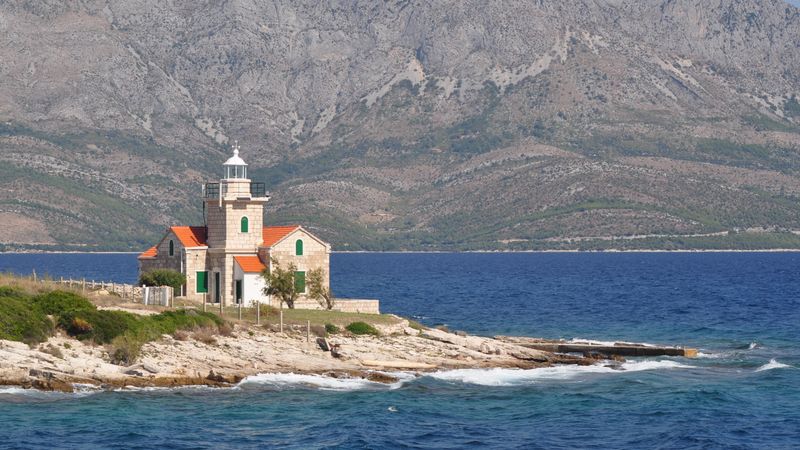Researching subterranean ecosystems along the Adriatic Coast
Dr. Renee Bishop-Pierce has received seed money from Penn State and the University of Split, in Croatia, to create a long-term, self-supporting sustainable research collaboration on the impact of subterranean groundwater discharge on coastal ecosystems in Croatia. She leaves in May to continue the research she began in 2012.
By: Amy Gruzesky


